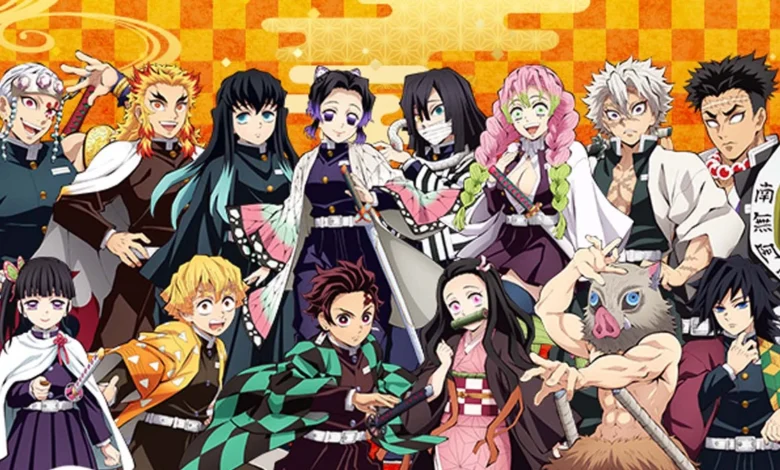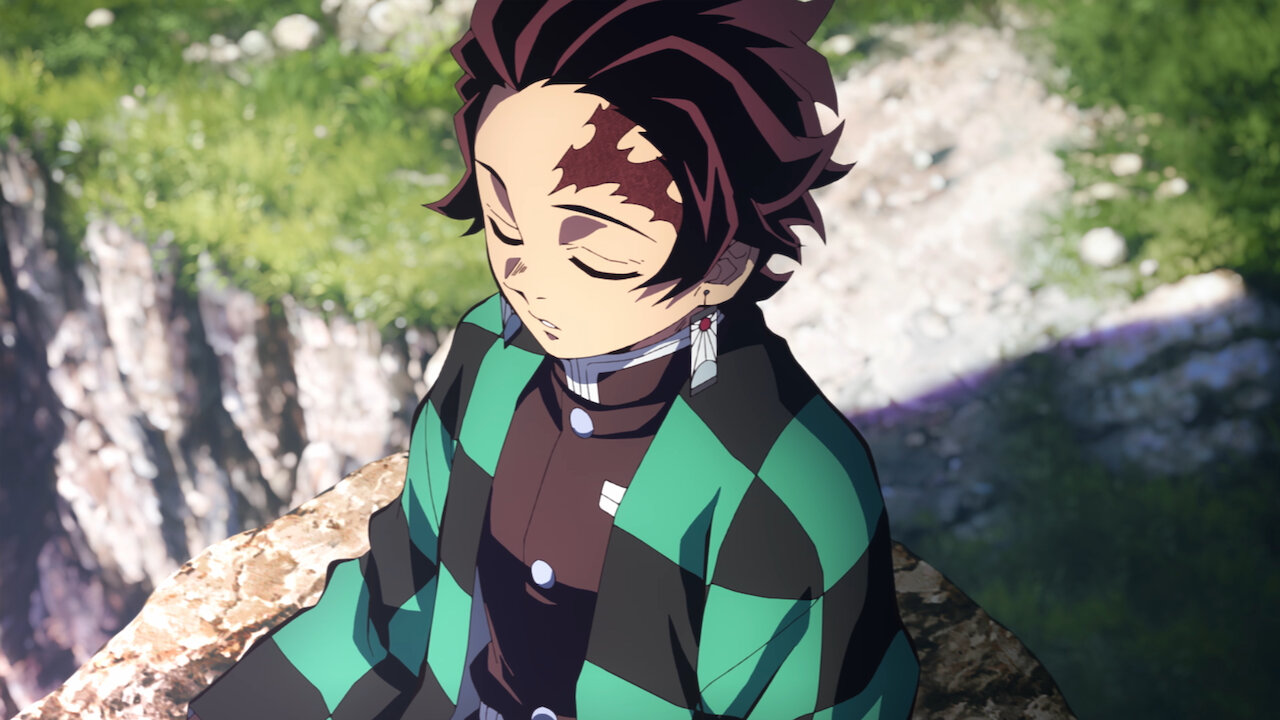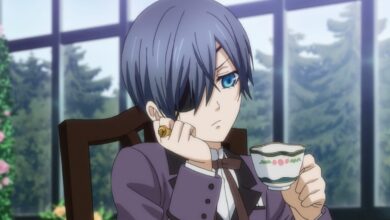Cultural Influences in Demon Slayer: A Deep Dive into Japanese Traditions

Introduction to Demon Slayer and its Popularity
Demon Slayer, a phenomenon that has captivated audiences worldwide, is more than just an anime about battles between humans and demons. It weaves together intricate tapestries of Japanese culture, folklore, and tradition. Since its debut, the series has become popular, drawing viewers into its beautifully animated world filled with emotion and depth.
As fans delve deeper into Tanjiro’s journey to save his sister Nezuko from her demonic fate, they may not realize how much Japanese culture influences every aspect of the show. Each element contributes to a rich narrative that resonates across borders, from ancient myths to traditional attire. Join us as we explore the cultural influences within Demon Slayer and uncover what makes this series a true masterpiece rooted in Japan’s vibrant heritage.
Japanese Folklore and Mythology in Demon Slayer

Japanese folklore and mythology weave a rich tapestry within the narrative of Demon Slayer. The series draws heavily on ancient stories, breathing new life into legendary creatures and spirits.
Characters like Tanjiro often face demons inspired by traditional yokai—supernatural entities that inhabit Japanese lore. These demons’ unique characteristics reflect cultural fears and societal issues, deeply resonating their battles.
The presence of sun-breathing techniques connects to the Shinto belief in kami, or nature spirits. It symbolizes harmony between humanity and nature, highlighting a central theme in the series.
Additionally, historical elements intertwine with mythological aspects. This blend offers viewers entertainment and insights into Japan’s moral frameworks and collective consciousness rooted in its past. Each episode explores these age-old tales reimagined for a modern audience while respecting their origins.
Traditional Clothing and Weaponry in the Show
In “Demon Slayer,” traditional clothing plays a significant role in character identity. The vibrant kimono designs reflect personal traits and cultural heritage. For instance, Tanjiro’s checkered haori symbolizes his determination and connection to his family.
Weaponry also carries deep cultural significance. The Nichirin Blades, forged from particular ore, are not just tools for battle; they embody the spirit of the demon slayers. Each blade’s color and properties represent the wielder’s personality and combat style.
The characters’ outfits often draw inspiration from historical periods such as the Edo era. This attention to detail immerses viewers in a rich tapestry of Japanese tradition while enhancing storytelling through visual cues that resonate with audiences deeply invested in these cultural elements.
Shintoism and Buddhism in Demon Slayer
Demon Slayer seamlessly weaves elements of Shintoism and Buddhism into its narrative, enriching the storyline with deep cultural significance. The characters often pay homage to ancestral spirits, reflecting Shinto beliefs about the connection between humans and nature.
Buddhism’s influence is evident in suffering, enlightenment, and reincarnation themes. Tanjiro’s journey embodies the Buddhist ideal of compassion toward all beings. His desire to save Nezuko from her demonic state mirrors a core tenet: alleviating suffering.
Rituals and prayers featured throughout the series further highlight these spiritual traditions. Characters frequently engage in acts that honor their ancestors or seek guidance from deities. This blend creates a unique tapestry that resonates deeply with viewers familiar with Japanese culture while intriguing those new to it.
The show invites audiences to explore complex philosophies through compelling storytelling, making every episode an exploration of faith and morality amidst action-packed scenes.
Cultural Values Portrayed in the Characters and Storyline
Demon Slayer is rich in cultural values that resonate deeply with Japanese society. The characters embody qualities like perseverance, loyalty, and honor. Tanjiro Kamado stands out as a beacon of compassion amidst chaos. His unwavering kindness defines his journey.
Family ties are paramount in the show. Characters often find strength through their bonds, showcasing the importance of supporting one another during hardships. This theme reflects traditional Japanese beliefs about familial responsibility.
Additionally, themes of sacrifice and duty permeate the storyline. Many characters face harrowing choices between personal desires and obligations to others. These dilemmas highlight a collective mindset over individualism—a core aspect of Japanese culture.
The portrayal of rivalry also serves as a narrative device for growth. Friends can become foes but ultimately push each other toward improvement—echoing Japan’s philosophy on competition and self-betterment within community frameworks.
Impact of Cultural Influences on Global Audience
Demon Slayer has captivated audiences far beyond Japan’s borders. Its rich tapestry of cultural influences resonates with viewers globally.
Fans are drawn to the show’s artistic style, which reflects traditional Japanese aesthetics. The vibrant colors and intricate designs transport us into a world steeped in history.
Moreover, honor, perseverance, and family values strike a universal chord. These messages transcend cultural barriers, appealing to diverse audiences who appreciate deep storytelling.
Social media platforms have amplified this global connection. Fans share art, theories, and discussions about characters rooted in Japanese culture.
The series also fosters curiosity about Japan itself. After being introduced through Tanjiro’s journey, viewers seek to explore its folklore and traditions.
This blend of entertainment and education encourages a deeper appreciation for Japanese heritage while creating a space for cross-cultural dialogue among fans worldwide.
Conclusion: Appreciating the Richness of Japanese Culture through Demon Slayer
Demon Slayer is a vibrant tapestry woven from various threads of Japanese culture. Its portrayal of folklore and mythology invites viewers to explore ancient stories, while the traditional clothing and weaponry showcase Japan’s rich history. The influence of Shintoism and Buddhism adds depth to character motivations and themes.
The cultural values depicted through the characters resonate with audiences worldwide, reflecting universal struggles such as perseverance, family bonds, and the quest for justice. This connection fosters a deeper appreciation for Japanese traditions among fans who may not have previously engaged with them.
We gain insight into Japan’s unique cultural heritage as we immerse ourselves in this beautifully animated world filled with demons and heroes. Each episode is not just entertainment; it becomes an invitation to understand a nation’s heart through its stories. Engaging with Demon Slayer allows us to fully embrace Japanese culture’s richness—one breathtaking battle at a time.



